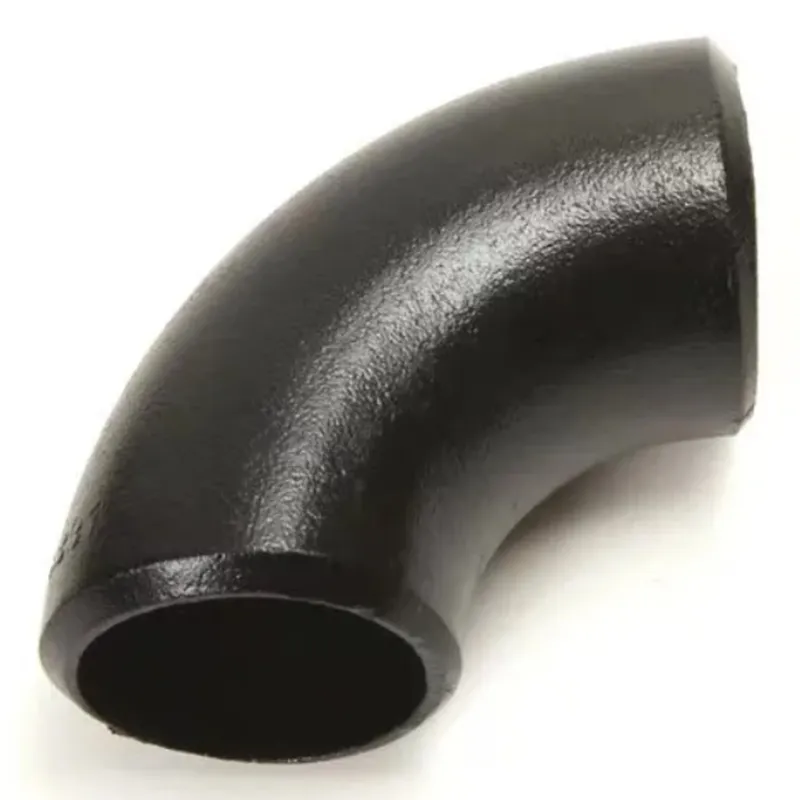-
Cangzhou Yulong Steel Co., Ltd.
-
Phone:
+86 13303177267 -
Email:
admin@ylsteelfittings.com
- English
- Arabic
- Italian
- Spanish
- Portuguese
- German
- kazakh
- Persian
- Greek
- French
- Russian
- Polish
- Thai
- Indonesian
- Vietnamese
- Zulu
- Korean
- Uzbek
- Hindi
- Serbian
- Malay
- Ukrainian
- Gujarati
- Haitian Creole
- hausa
- hawaiian
- Hebrew
- Miao
- Hungarian
- Icelandic
- igbo
- irish
- Japanese
- Javanese
- Kannada
- Khmer
- Rwandese
- Afrikaans
- Albanian
- Amharic
- Armenian
- Azerbaijani
- Basque
- Belarusian
- Bengali
- Bosnian
- Bulgarian
- Catalan
- Cebuano
- China
- China (Taiwan)
- Corsican
- Croatian
- Czech
- Danish
- Esperanto
- Estonian
- Finnish
- Frisian
- Galician
- Georgian
- Kurdish
- Kyrgyz
- Lao
- Latin
- Latvian
- Lithuanian
- Luxembourgish
- Macedonian
- Malgashi
- Malayalam
- Maltese
- Maori
- Marathi
- Mongolian
- Myanmar
- Nepali
- Norwegian
- Norwegian
- Occitan
- Pashto
- Dutch
- Punjabi
- Romanian
- Samoan
- Scottish Gaelic
- Sesotho
- Shona
- Sindhi
- Sinhala
- Slovak
- Slovenian
- Somali
- Sundanese
- Swahili
- Swedish
- Tagalog
- Tajik
- Tamil
- Tatar
- Telugu
- Turkish
- Turkmen
- Urdu
- Uighur
- Welsh
- Bantu
- Yiddish
- Yoruba

Jul . 27, 2024 08:50 Back to list
Understanding the API 5L Specification for Steel Pipe Standards and Applications in the Industry
Understanding API 5L Specifications A Comprehensive Overview
API 5L, established by the American Petroleum Institute (API), is a standard that governs the specification for line pipes used in the transportation of oil, gas, and water. As the demand for efficient and reliable transportation of these resources continues to grow, API 5L serves as a critical framework ensuring the quality and integrity of pipe materials. This article delves into the aspects of API 5L, including its scope, classifications, manufacturing process, and significance in the industry.
Scope of API 5L
API 5L specifies the requirements for pipes suitable for use in pipeline transportation systems in the oil and gas sector. It applies to both welded and seamless steel pipes, addressing their mechanical properties, chemical composition, and various test requirements necessary for ensuring the performance of the pipes under high pressure and harsh conditions. Importantly, API 5L outlines the standards needed to guarantee that the pipes can withstand the rigors of their operational environment.
Classifications of API 5L
The line pipes under API 5L are classified into two primary grades X and L. The grades indicate the yield strength of the pipe, with L grades typically signifying lower yield strengths than X grades. For instance, API 5L X42, X52, X60, and X70 denote an increase in strength, typically used in pipeline systems that require higher resistance to pressure and impact.
Furthermore, API 5L introduces various specifications, including PSL (Product Specification Levels) 1 and 2. PSL 1 represents the basic requirements for the pipes, while PSL 2 outlines additional testing and inspection criteria to ensure superior quality. This classification facilitates the sourcing of appropriate materials based on the specific needs of different pipeline projects.
Manufacturing Process
api 5l spec

The manufacturing of API 5L pipes involves several critical steps. Steel plates or coils are first produced and then shaped into pipes through processes like welding (for welded pipes) or extrusion (for seamless pipes). Following this, the pipes undergo rigorous inspections and testing processes, which may include non-destructive testing (NDT), hydrostatic testing, and dimensional checks, to confirm they conform to API 5L standards.
Manufacturers must also be compliant with supplementary specifications, such as API 5L's grade specification, which dictates permissible chemical compositions, thereby ensuring that the pipes possess the desired properties for resilience and durability.
Significance in the Industry
The significance of API 5L in the oil and gas industry cannot be overstated. With the infrastructure for pipeline systems subjected to extreme conditions, the standards set by API 5L ensure that the materials used can safely and efficiently transport hydrocarbons over vast distances. This reliability is crucial not only for operational efficiency but also for safety, as pipe failures can lead to significant financial losses, environmental disasters, and even loss of life.
Moreover, API 5L plays a pivotal role in international trade, as compliance with these standards often serves as a prerequisite for global supply contracts. This makes understanding and adhering to API 5L specifications essential for manufacturers, suppliers, and engineers involved in the pipeline industry.
Conclusion
In summary, API 5L specifications form the backbone of line pipe manufacturing and use in the oil and gas sector. By establishing rigorous standards for both welded and seamless pipes, API 5L ensures that the materials used in pipeline transportation are fit for purpose, resilient, and safe. As the global demand for oil and gas continues to rise, adherence to these specifications will remain critical in supporting efficient resource transportation while upholding safety and environmental standards. Understanding API 5L thus becomes indispensable for all stakeholders in the industry, ensuring that both current and future needs are met.
Latest news
-
ANSI 150P SS304 SO FLANGE
NewsFeb.14,2025
-
ASTM A333GR6 STEEL PIPE
NewsJan.20,2025
-
ANSI B16.5 WELDING NECK FLANGE
NewsJan.15,2026
-
ANSI B16.5 SLIP-ON FLANGE
NewsApr.19,2024
-
SABS 1123 FLANGE
NewsJan.15,2025
-
DIN86044 PLATE FLANGE
NewsApr.19,2024
-
DIN2527 BLIND FLANGE
NewsApr.12,2024
-
JIS B2311 Butt-Welding Fittings LR/SR 45°/90° /180°Seamless/Weld
NewsApr.23,2024











